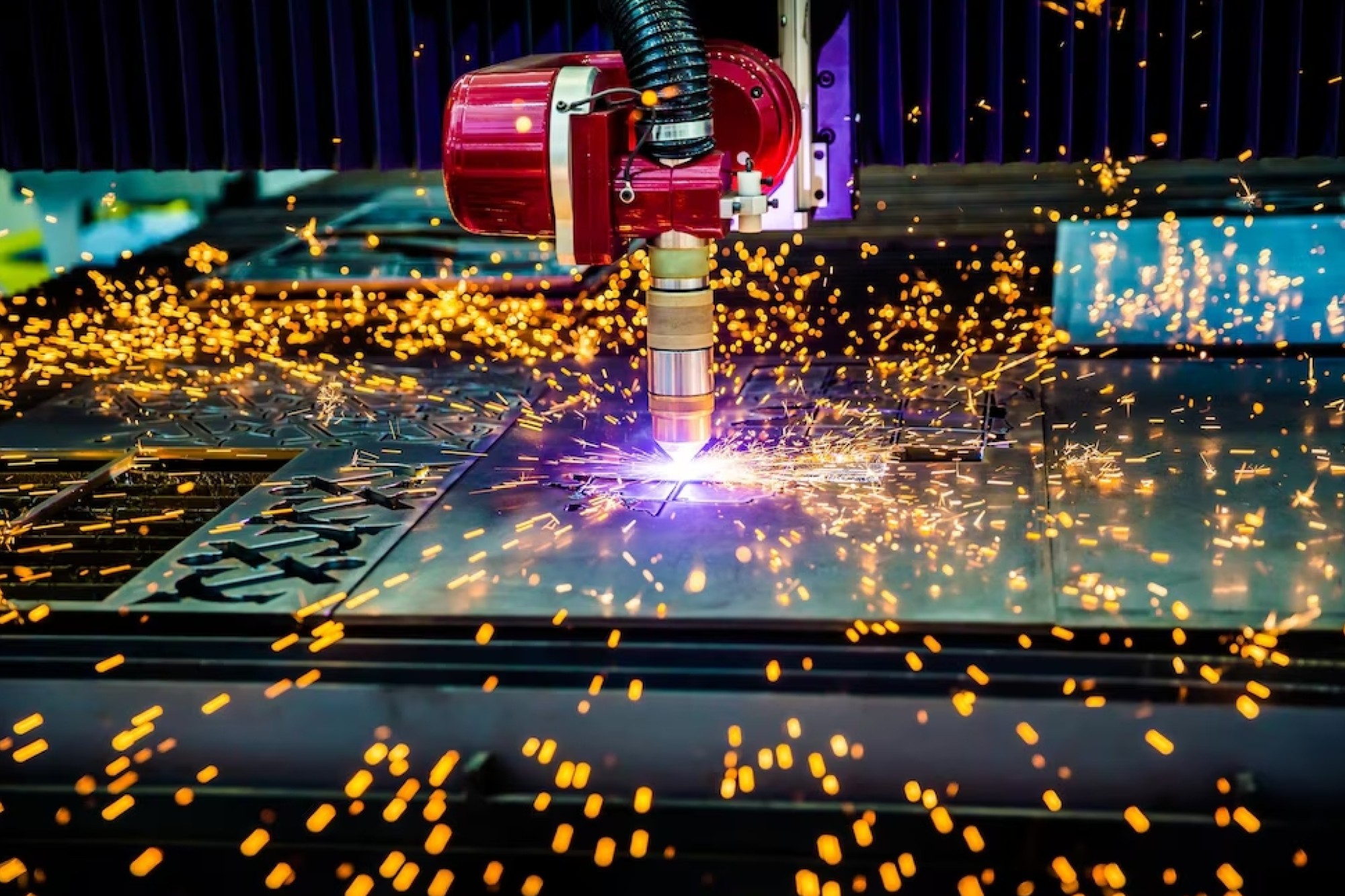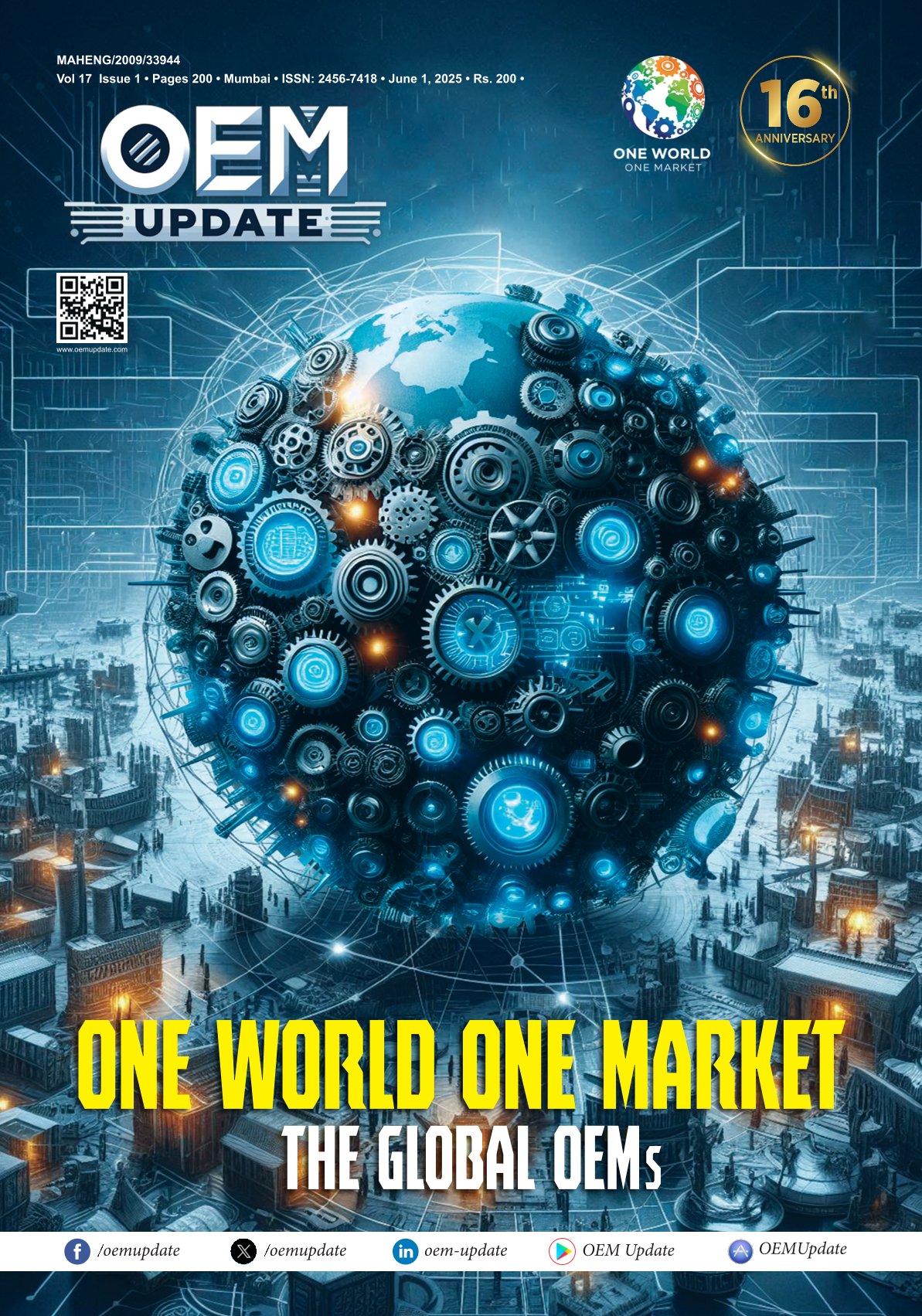How OEMs benefit from the digital thread
By admin May 12, 2016 3:58 pm IST
An overview on how OEMs are getting benefited by today’s emerging IT platforms such as IoT, IIoT and Industry 4.0
For years, OEMs used to manufacture using the old and ancients methods which used to take its own time and difficulty. Apart from these a lot of manpower used to go into manufacturing. It is very recently OEMs have started utililising various IT platforms like Internet of Things (IoT), Industrial Internet of Things (IIoT), and Industry 4.0 etc. which makes manufacturing much more easier and faster than the time it used to take to manufacture before. With good quality and greater customer demand, these IT platforms have becomes man’s best friend. Hence, we take a look at the benefits OEMs are getting with the usage of the digital thread.
Digital thread refers to the stream that comprises of a digitally connected system involving conceptualisation, design, planning, manufacturing or production, maintenance and feedback – tools and processes. These are various software and hardware modules that are connected across a common platform; however, with the advent of cloud based technologies, the digital thread is expected to be more platform independent than ever. In simple terms, it is a well-integrated process of envisioning, designing, making and analysing products and services. “OEMs are currently under great pressure to innovate, produce and manage their programs, while keeping costs low and quality and customer satisfaction high. A digital thread will enable them to build a process that will provide a seamless experience to employees, suppliers and customers alike,” says Vineet Seth, Managing Director – South Asia and Middle East, Delcam Ltd.
In the field of mechanical and plant engineering, the way in which users experience products and their manufacturers is an important differentiating feature, especially when products’ technical details are quite similar.
“Industry 4.0 creates new opportunities through merging decentralised intelligence, fast connectivity, open standards, real-time integration and autonomous behavior. That means internet enabled services, automation information gathering and transmission services, network of soft ware programmes etc. are expected to get introduced. In fact, Industry 4.0 represents the new way forward, offering exciting opportunities to those with the expertise and foresight to quickly integrate its offerings,” says a spokesperson from Bosch Rexroth (India) Pvt Ltd.
The IIoT is more of a near-term reality, and many industrial firms are striving to take advantage of its benefits. There are many different terms for IIoT, including Industry 4.0 and the Connected Factory.
In order to understand better about the advantages that the digital thread offers, it is important to look at each stage of the macro process.
ConceptualisationConcepts and ideas have been depicted by hand sketches, flow diagrams, clay models, paper crafts and many other methods. However, in the digital thread, all of these – and many other methods, can be utilised in a common interface. Most tools allow for hand sketches to be imported into the conceptualisation stage and use digital tools to refine or digitise these hand sketches to lay the foundation for the design stage. Similarly, ideas from alternative methods can now be easily digitised using various hardware or software combinations. New age advancements in computer hardware has also enabled the use of styli and haptic devices to input concepts directly into the digital thread by means of real-time sketching, sculpting and brushing. Through an online collaborative platform, feedback and approvals can be sought from internal and external stakeholders at every critical step.
Design, simulation and prototypingDigitised concepts from the conceptualisation stage become building blocks or the foundation of the design process. “Curves and other mathematical information created in the concept stage, in a digital thread allow designers to use the information to build upon or assist in feature creation of a CAD model. In a digital thread, both stages use a common file format to avoid confusions as well as allow for a tighter integration between the two stages. Using this common file format, designers are able to save considerable amount of time in building up the first CAD model and use simulation and validation tools embedded in the software to validate the design,” informs Seth.
Like before, online collaboration between various stakeholders allow design changes, corrections and simulation to ensure that the design is accurate. A physical prototype can also be produced quickly using many modern methods such as 3D printing or clay milling to enable customers to have a “look and feel” of the product.
Cookie Consent
We use cookies to personalize your experience. By continuing to visit this website you agree to our Terms & Conditions, Privacy Policy and Cookie Policy.















